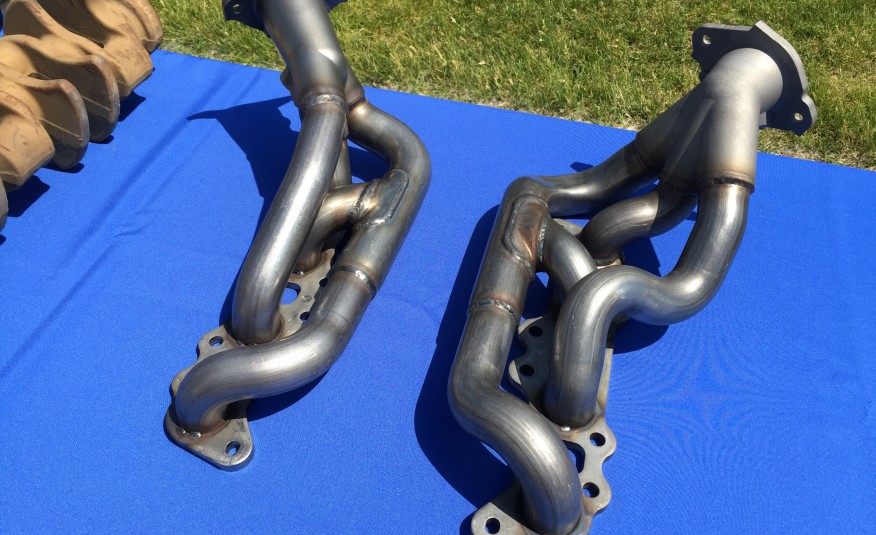wooz wrote: ↑16 Apr 2016, 10:41
I am 100% sure the crank did not change the sound compared to another flat cranker. That was done in the exhaust system.
Here's a comparison of a stock GT350 exhaust manifold to a GT350 fitted with an aftermarket-made conventional 4-1 exhaust manifold:
https://www.youtube.com/watch?v=8DCVTLI1EXU
The aftermarket 4-1 certainly sounds more Ferrari-ish albeit still a little throaty, I guess it would be more raspy if it was a 4-2-1 manifold. To me it still seems like, even with the conventional manifold, there is still something inside the engine that is making it sound different to standard flatplane V8 [it may just have an X-pipe I guess, as I notice that Ferraris with X-pipes have a somewhat throaty sound too].
I am curious to see what the stock GT350 exhaust manifold looks like?
Is it a a kind of unequal length manifold, like on an old Subaru?

It occurs to me you could use a kind of GT350-like exhaust manifold to give a unique sound to a conventional Judd or Mechachrome racing V8 (e.g., F3000/LMP2/GP2) engine. Which would be a nice talking point.
For instance, take the Formula Thunder 5000 cars in Australia -- instead of using a heavy production 195kg crossplane Coyote V8 to give the "thunder" to appease certain fans; they could just an off-the-shelf lightweight racing flatplane V8 (like the Judd at 116 kg) and then just use the exhaust manifold to give the burbling sound that some fans like?
Edit ---
Aha! Here is a picture of the stock Shelby GT350 manifold which shows that it
is indeed a unequal length exhaust manifold; quite similar to the factory exhaust manifold on an old Subaru turbo. The first Y is slightly unequal, but the second collector where not just the two first cylinders but both cylinders three and four all join up is very unequal. In fact, the GT350 just uses a manifold similar to what is used on the regular Mustang GT -- seemingly packaging (at least with allowance for OEM catalytic converters) does not allow for an equal length manifold.
Mystery solved.



